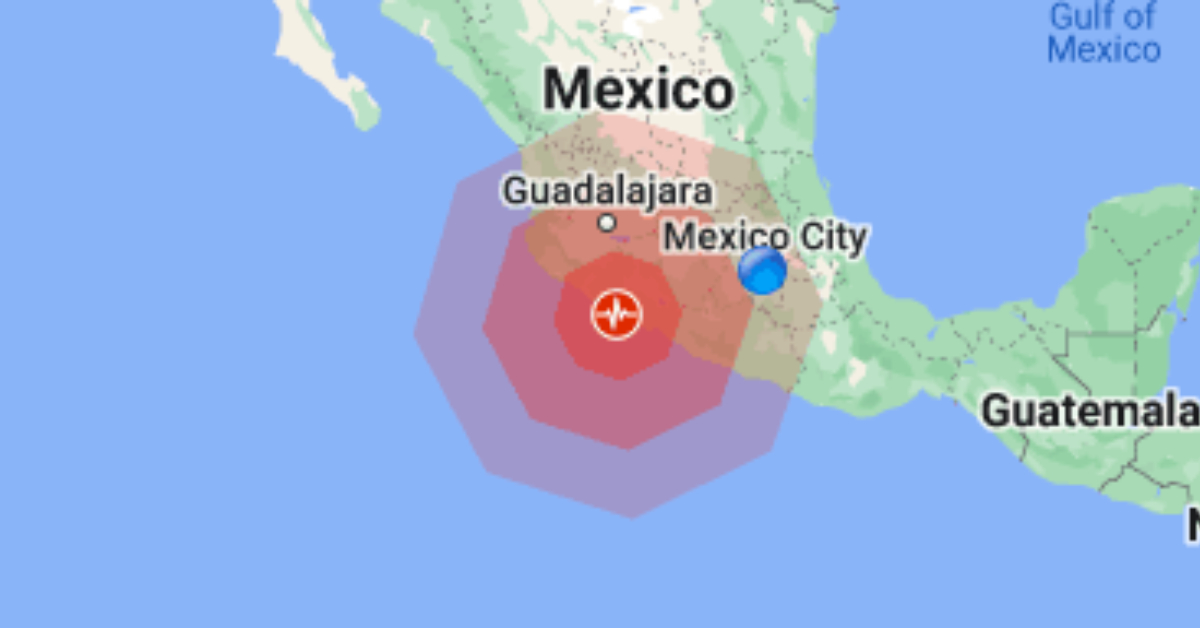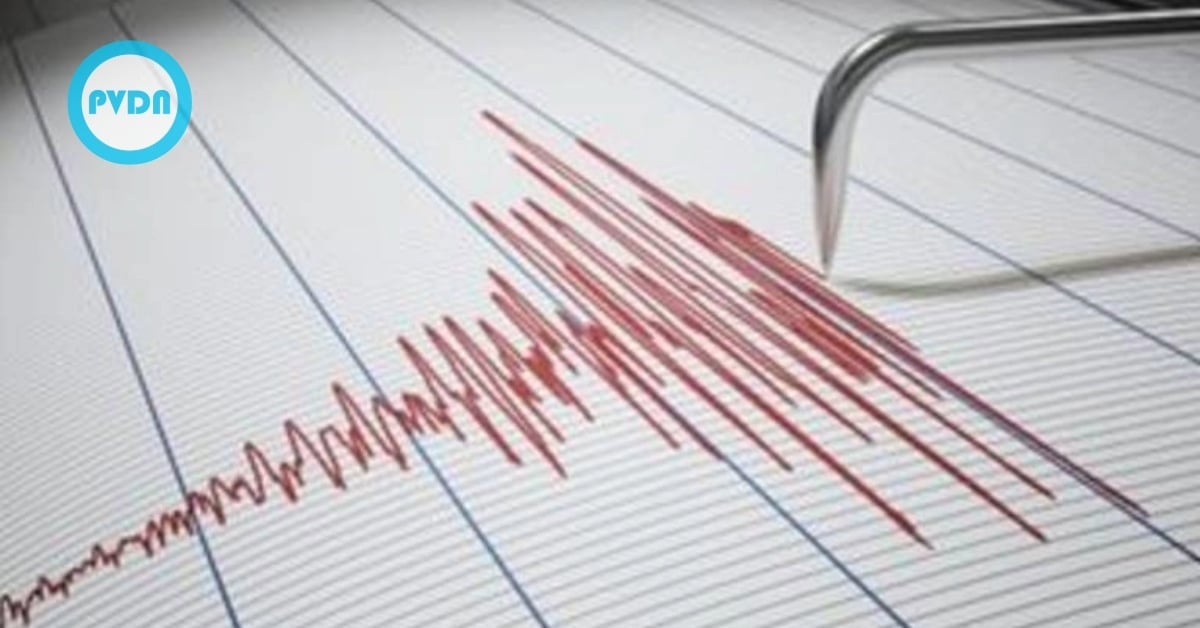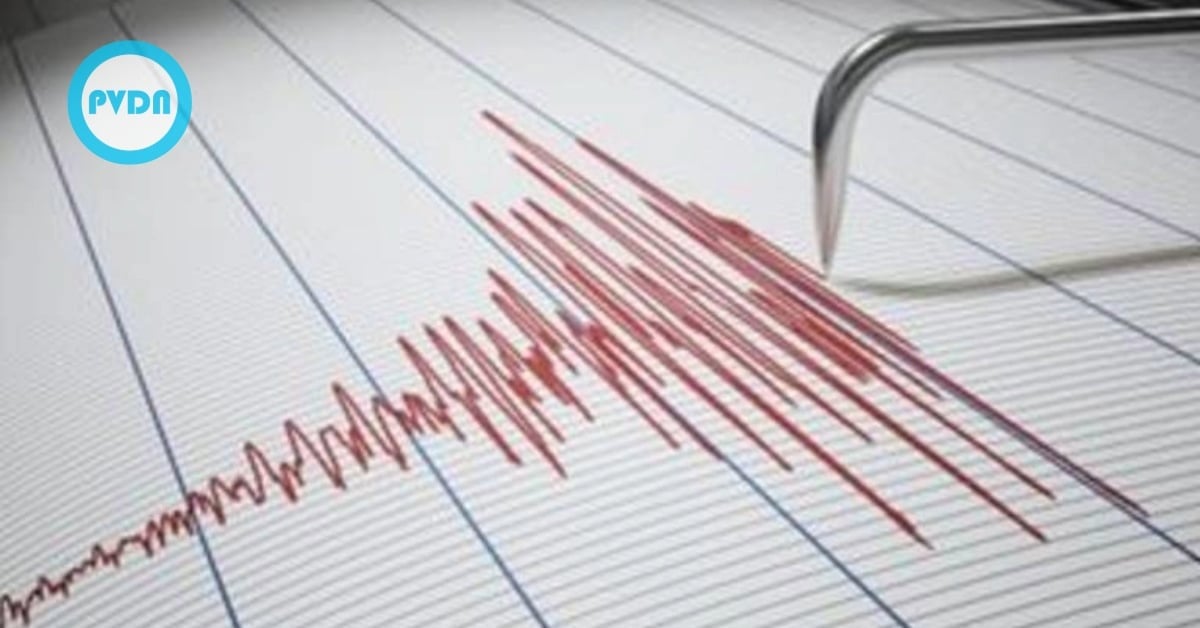An earthquake with a magnitude of 6.9 struck Coalcoman, Michoacán at 1:16 AM and was felt in Puerto Vallarta.
The first reports indicate that the telluric movement was intensely perceived throughout the state of Michoacán, Jalisco, and Morelos.
The Government of Jalisco published on social networks that "after tonight's earthquake, no damage or injured people are reported at this time, only some preventive evacuations are registered in some hotels and hospitals in the city."
President Andrés Manuel López Obrador (AMLO) issued a brief statement of just . . .





